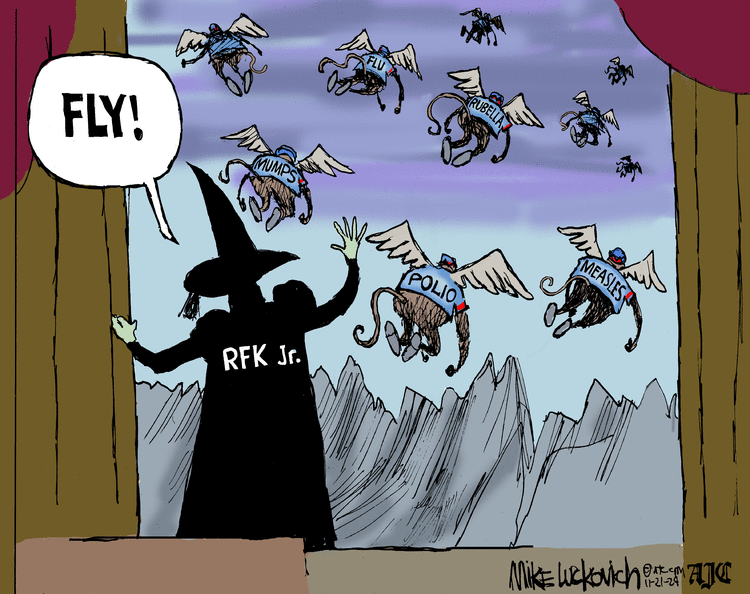
Yesterday, the exterminator came and checked inside and out. He said there was a little activity indoors, which didn’t surprise me because last time he came too early and didn’t check inside. I just need to make sure that either the email specified an afternoon time or else I call to confirm that. Here are a couple of extras –
Andy Borowitz
Richardson on the failed coup in Korea
This is from Driftglass, though I found it through Crooks and Liars. Sometimes a really crude analogy is what is needed to make a point (and this one is about as crude as it gets.)
This is a history from Heather Cox Richardson specifically of how the liberal consensus, which I grew up with and so did many of you, was formed – and of what happened to it. And why we need it back – but not exactly how to do that. In my opinion, it’s a keeper – not that I expect to be able to do much of the work. And I have no children or grandchildren. But those of you who do will want, I am sure, to preserve for them as much of it as possible.
Robert Reich endorses Ben Winkler for DNC Chair, and makes what I would consider a strong case. But, you know, there are a lot of Democrats in leadership positions who would disagree. We’d need to convincing that it isn’t just that we are losing with their mode – it’s that their model is causing the losing trend. (BTW, everyone else spells it “Wikler” so Robert Reich may be wrong in his spelling.








